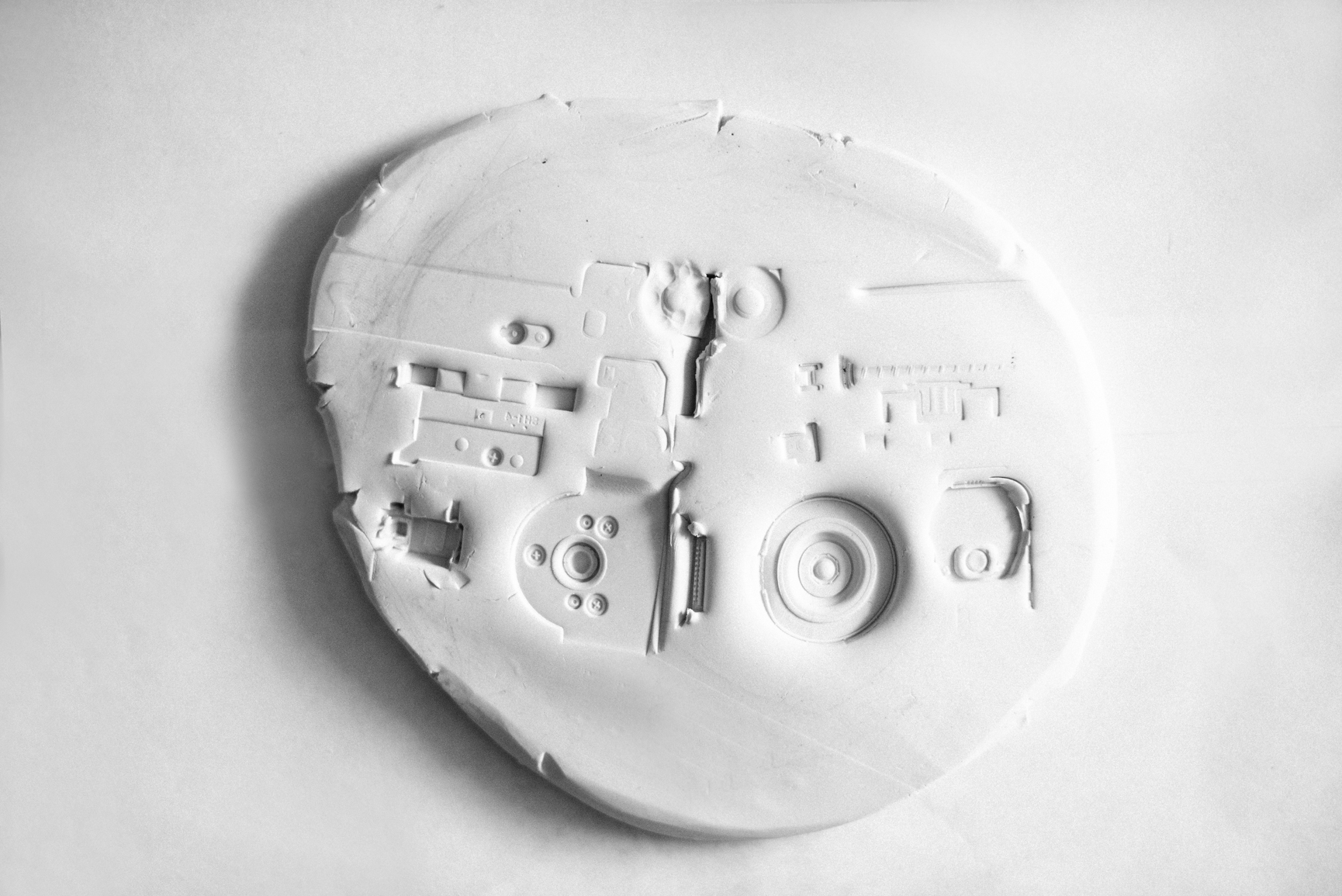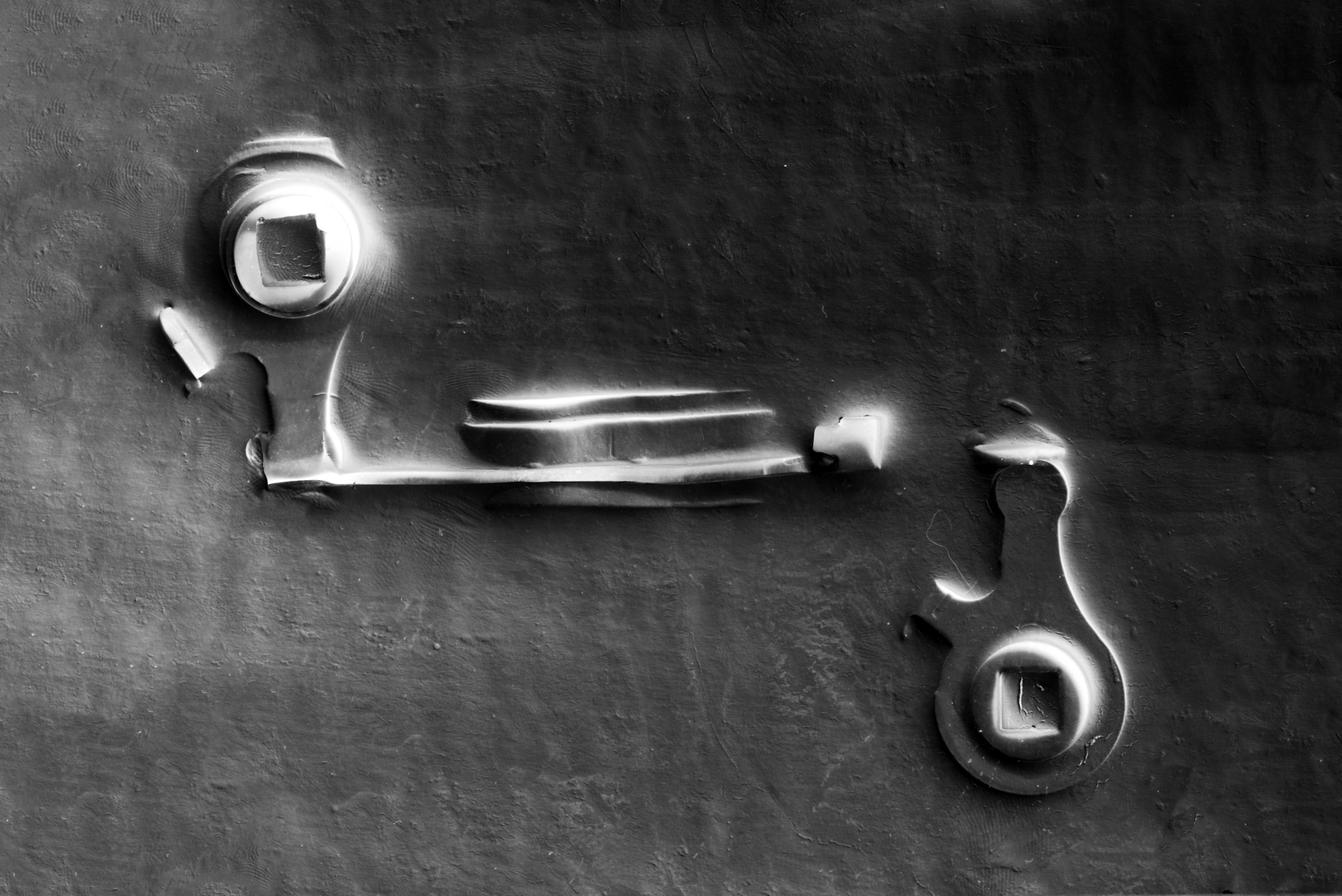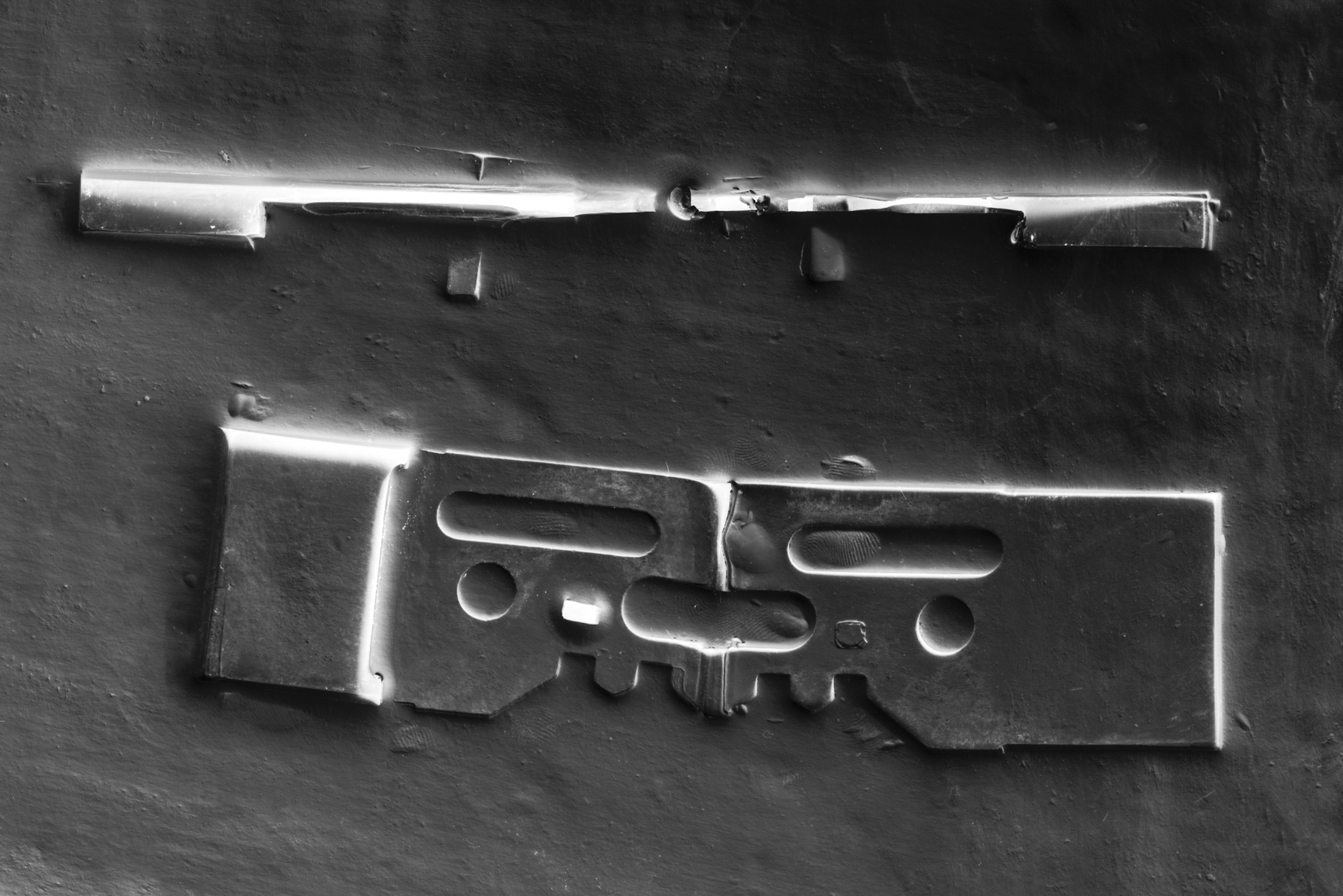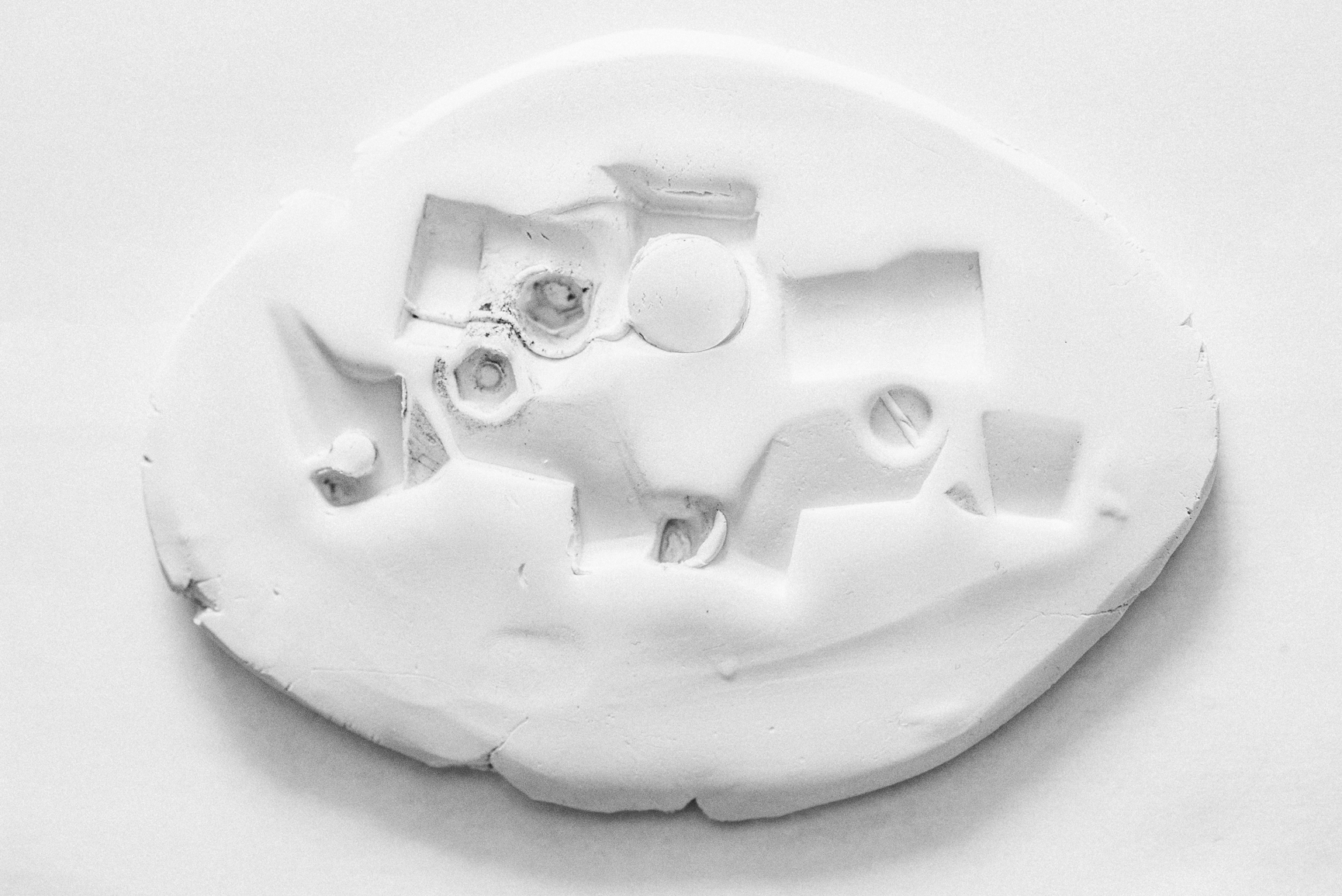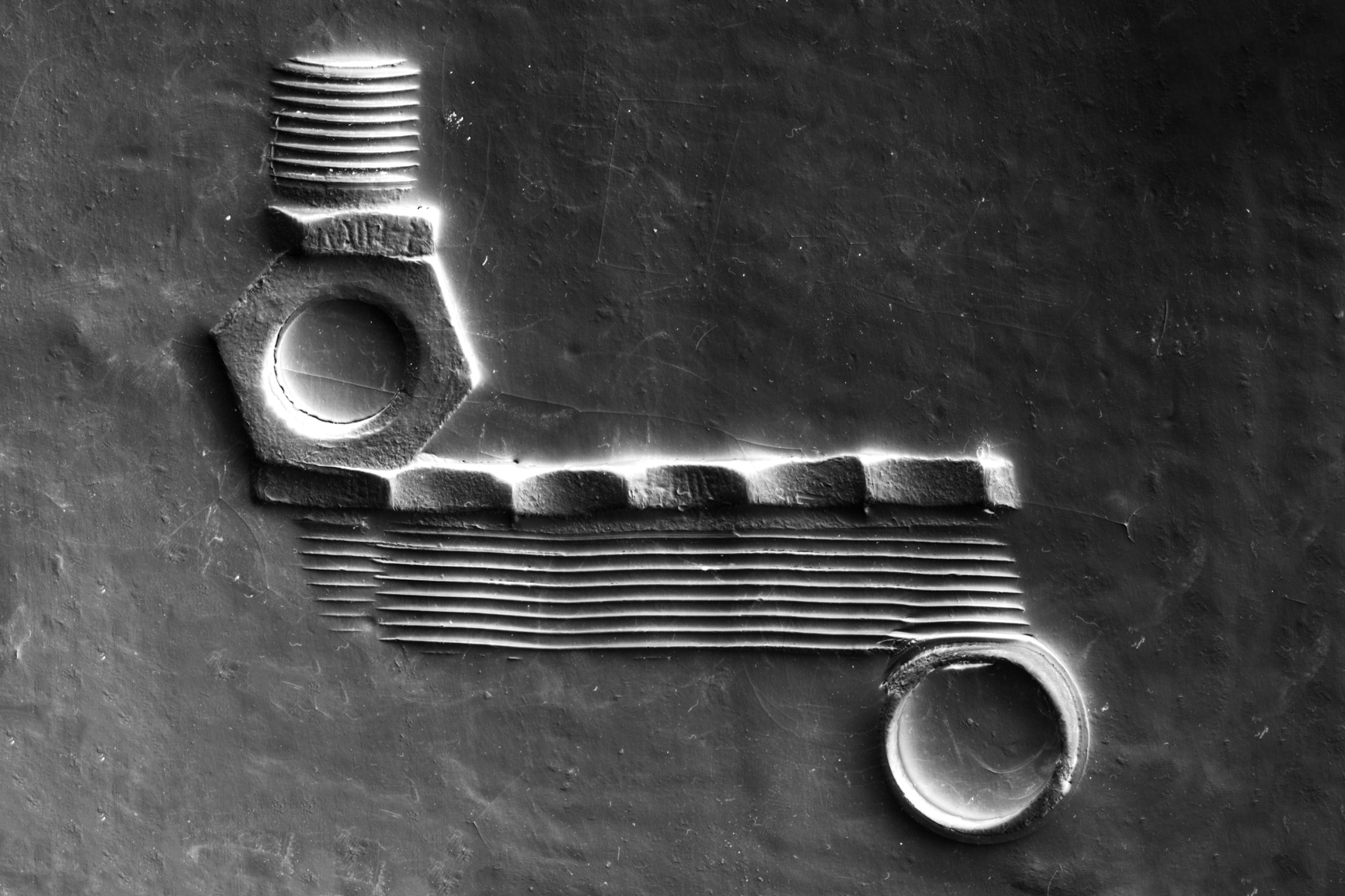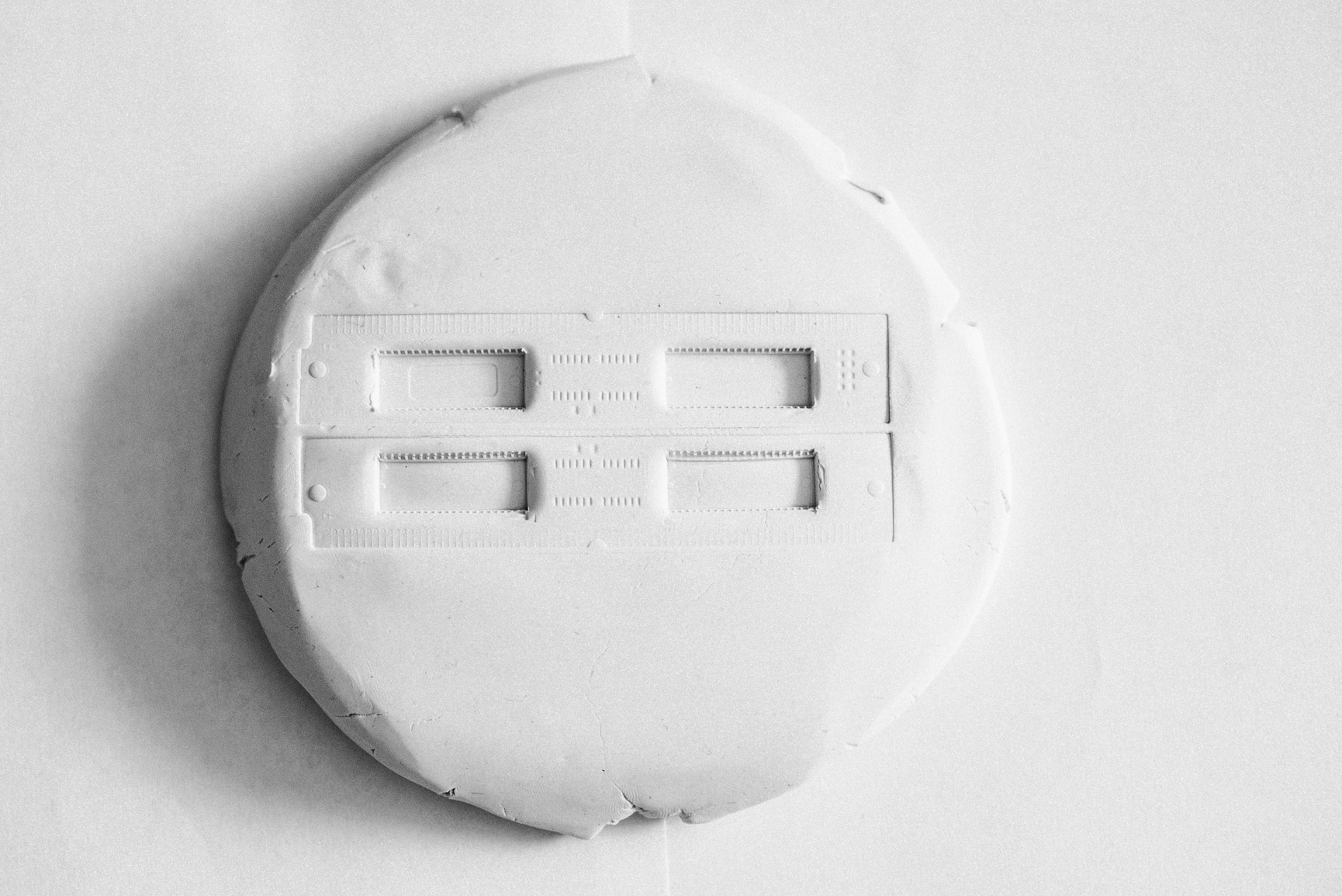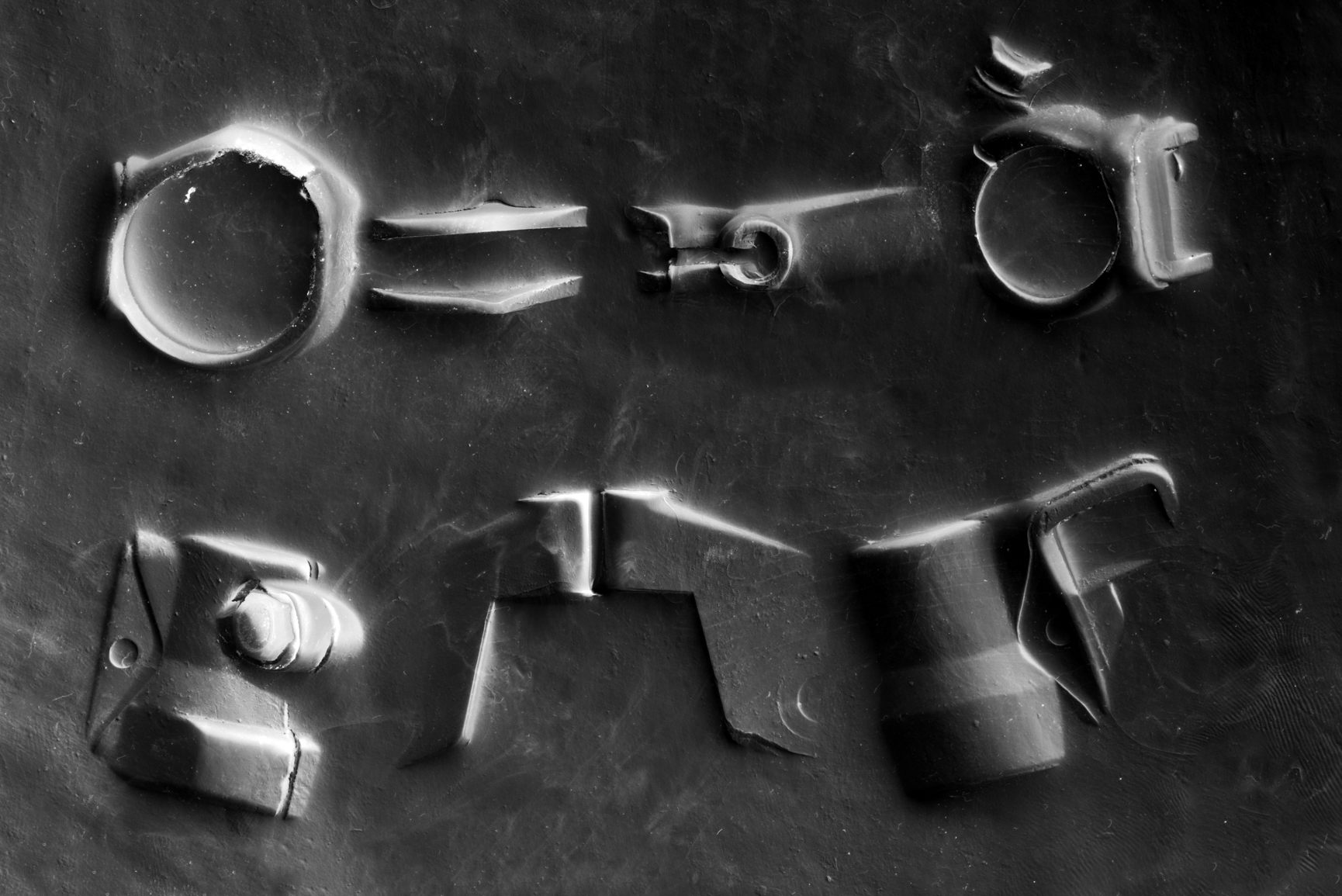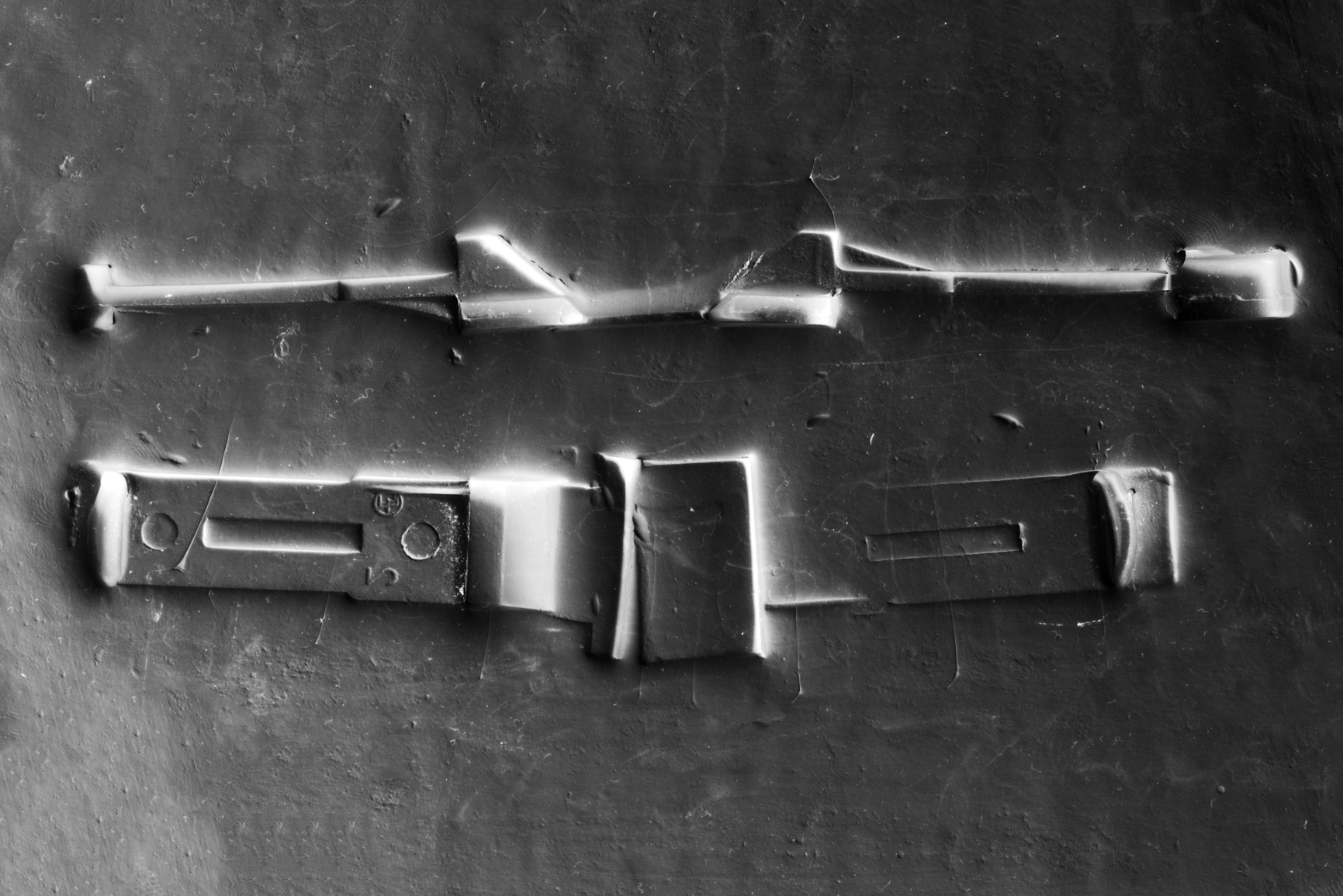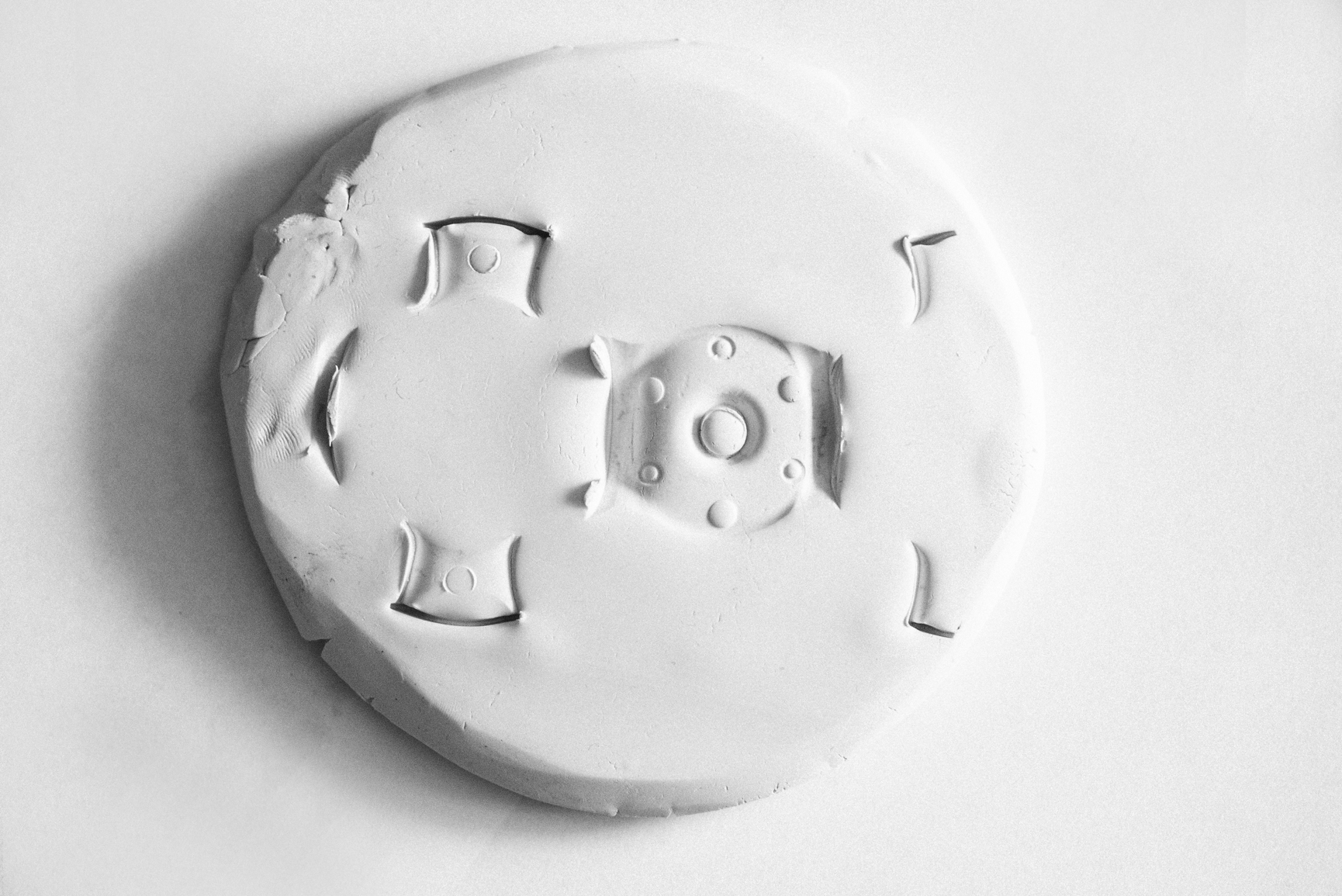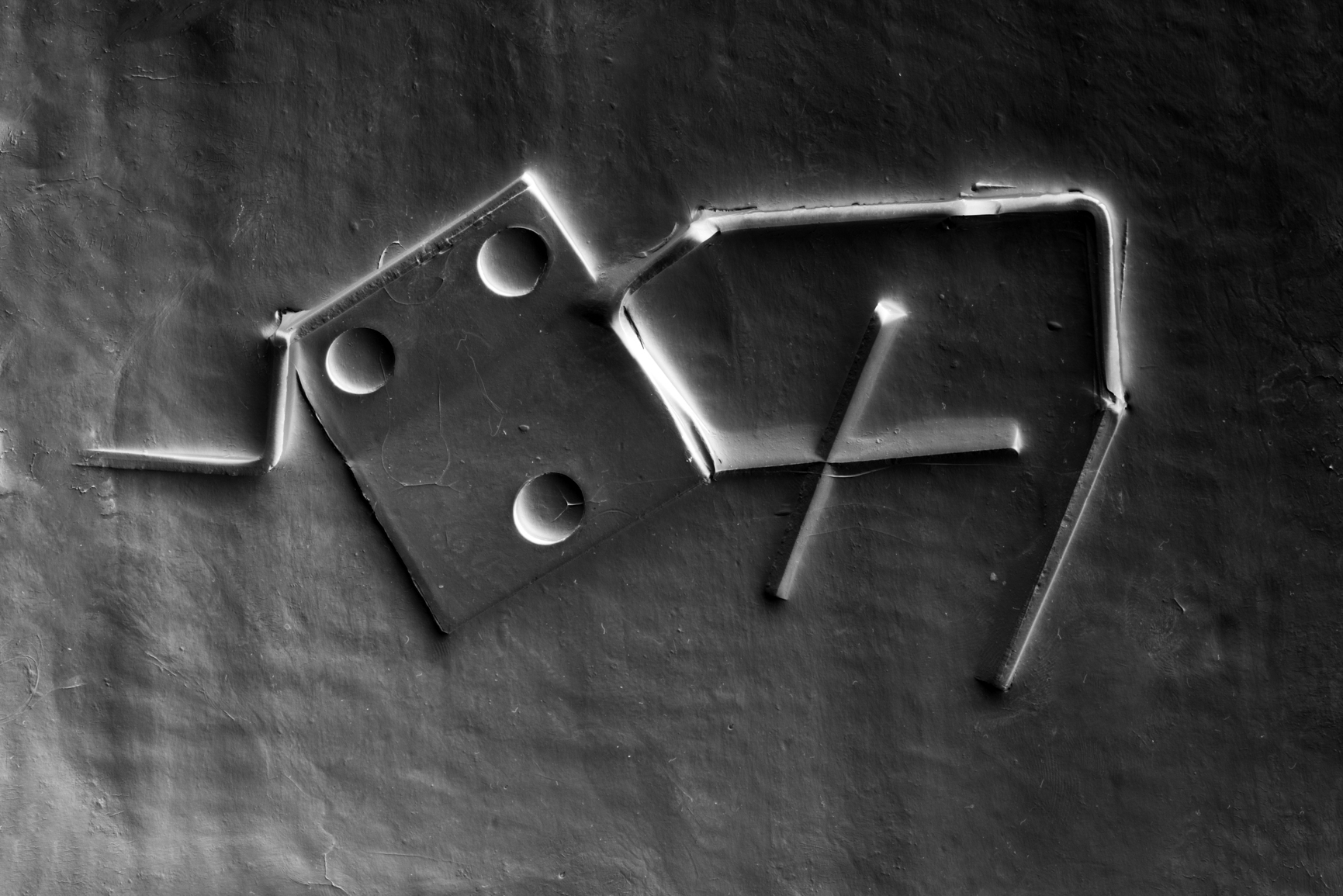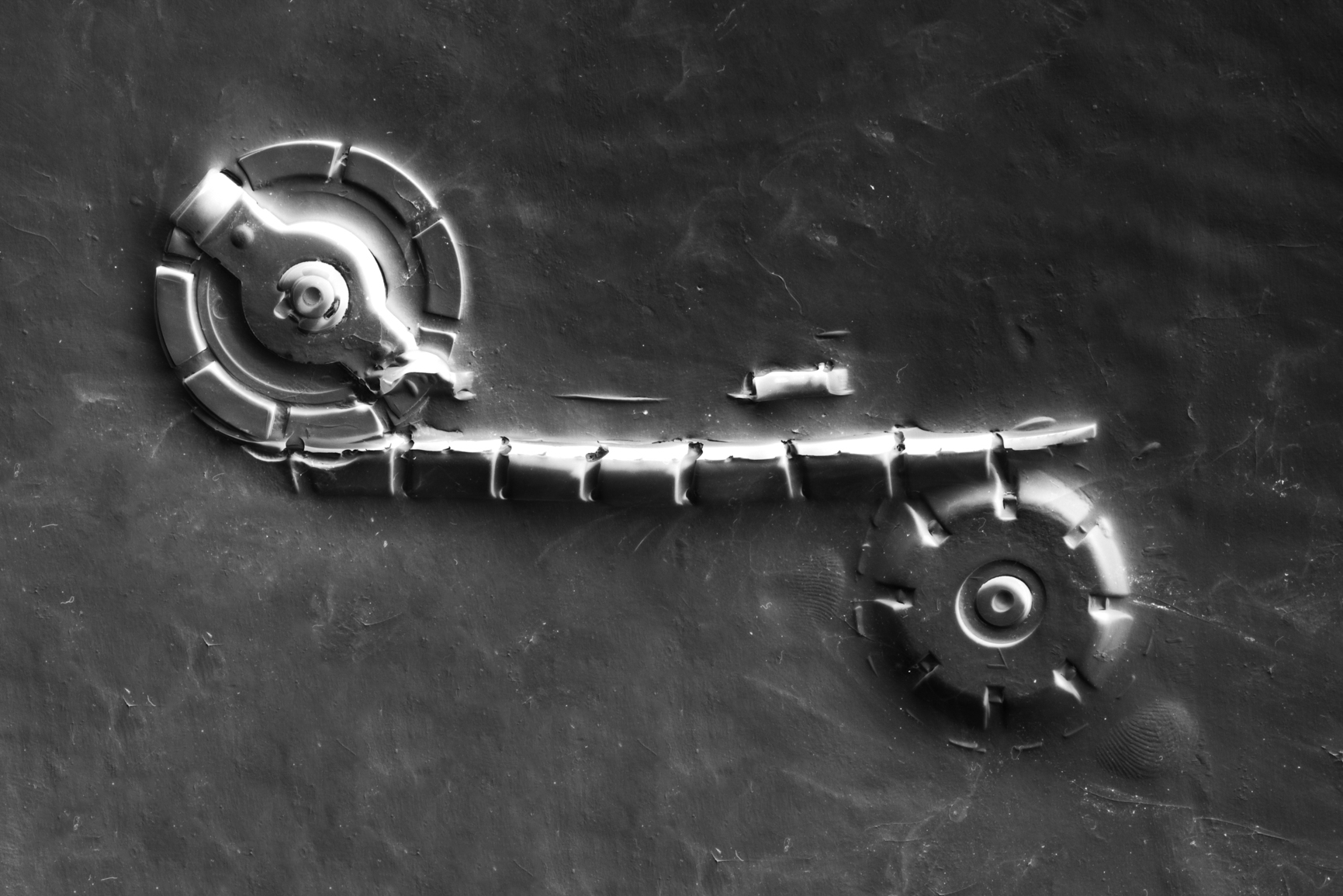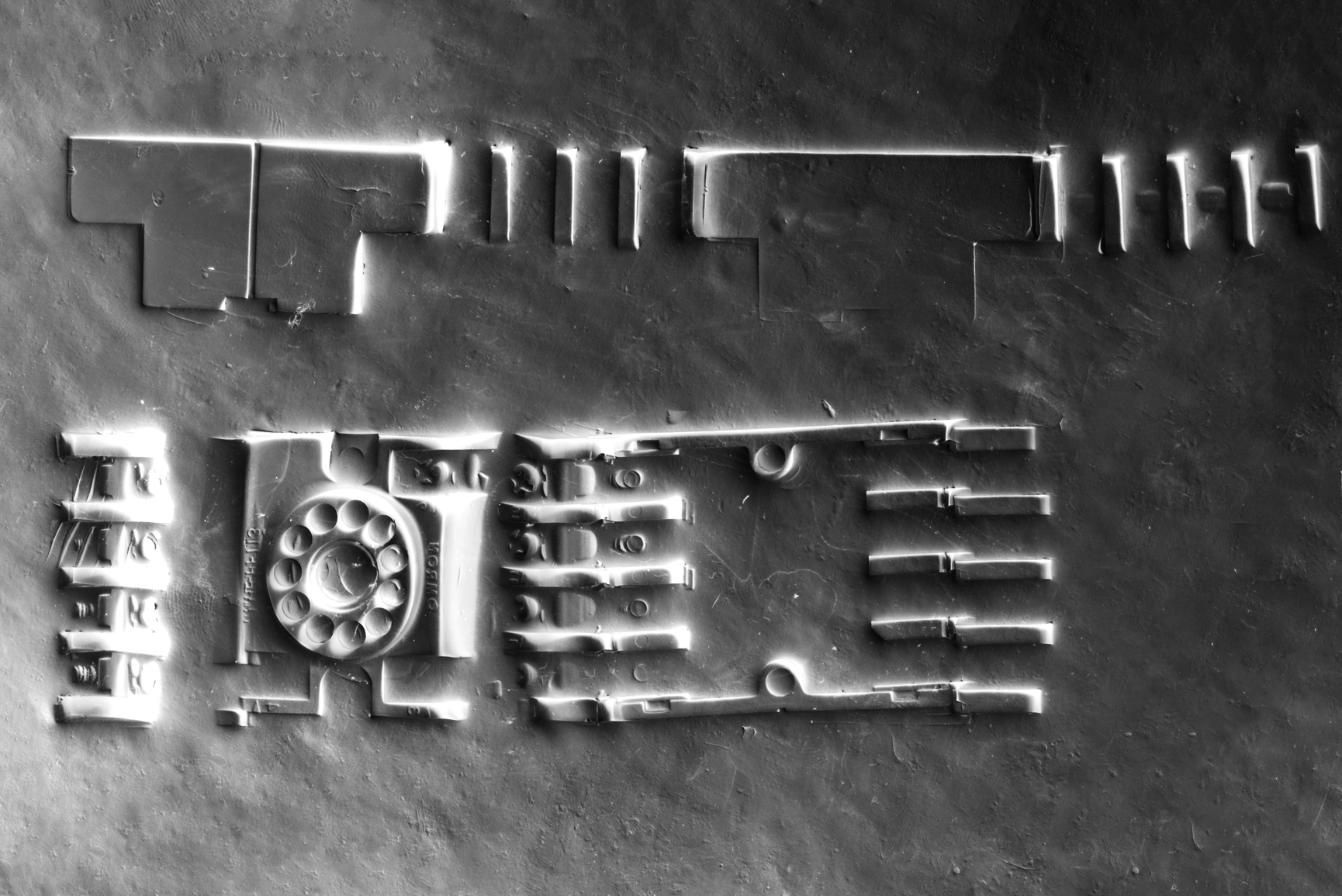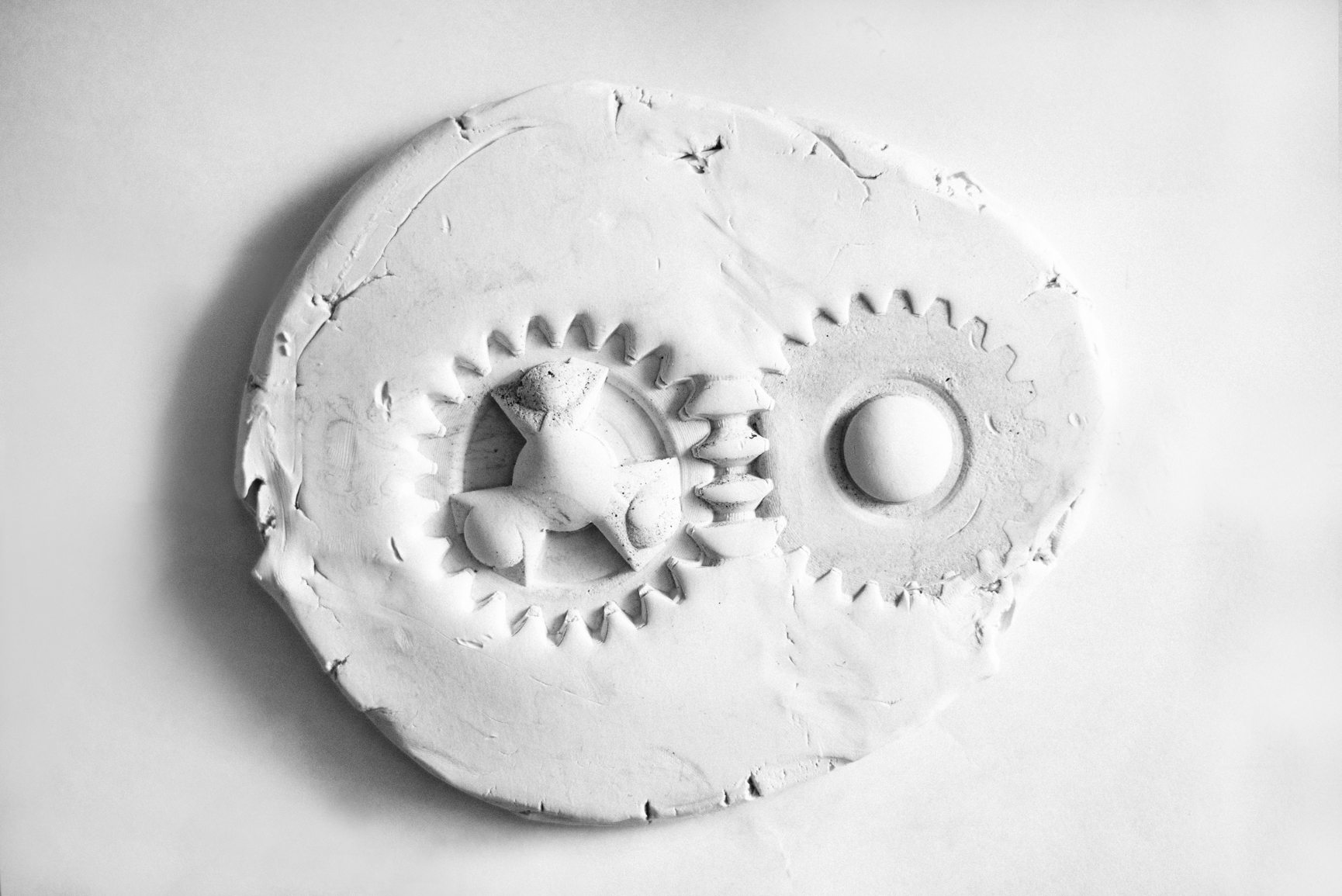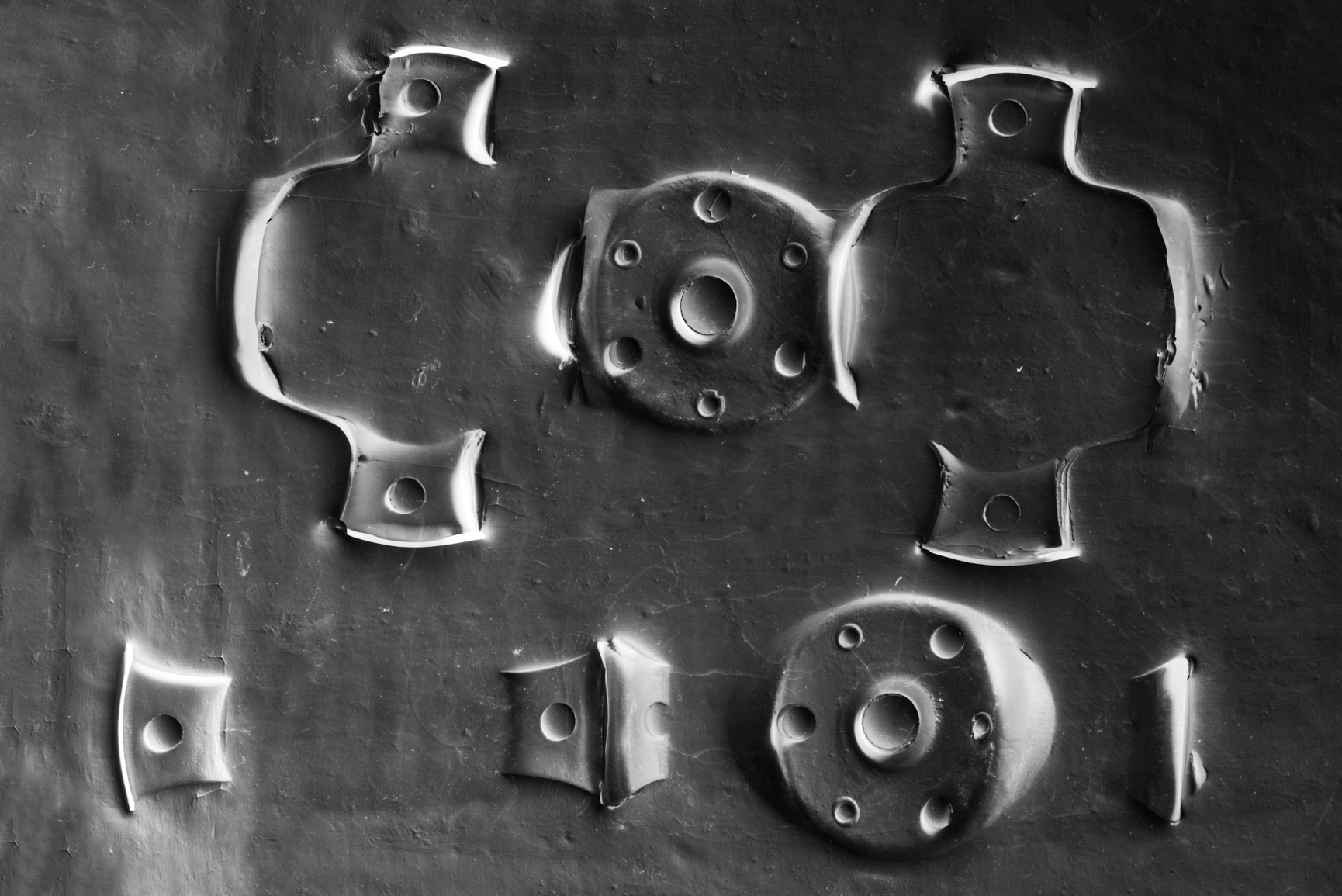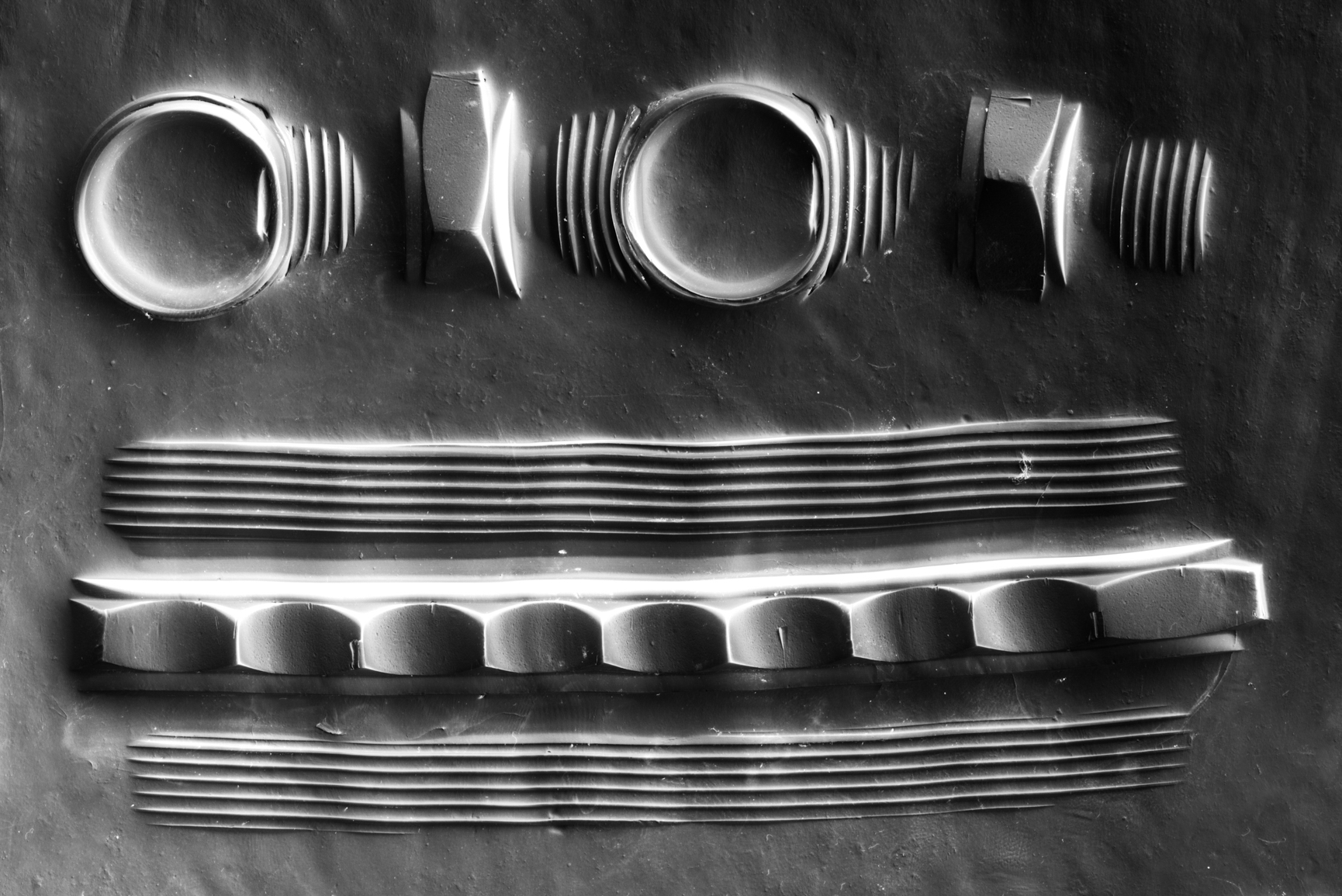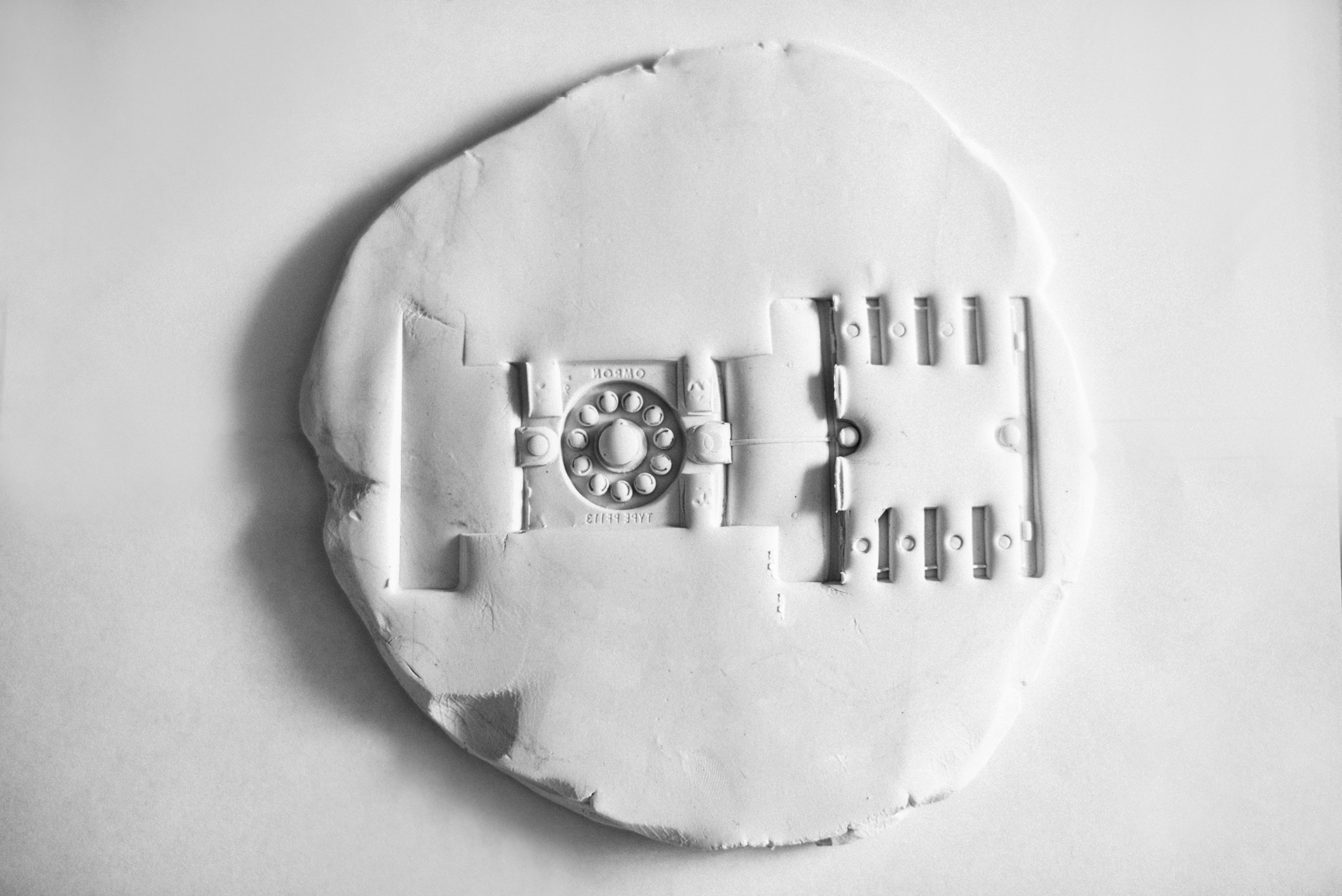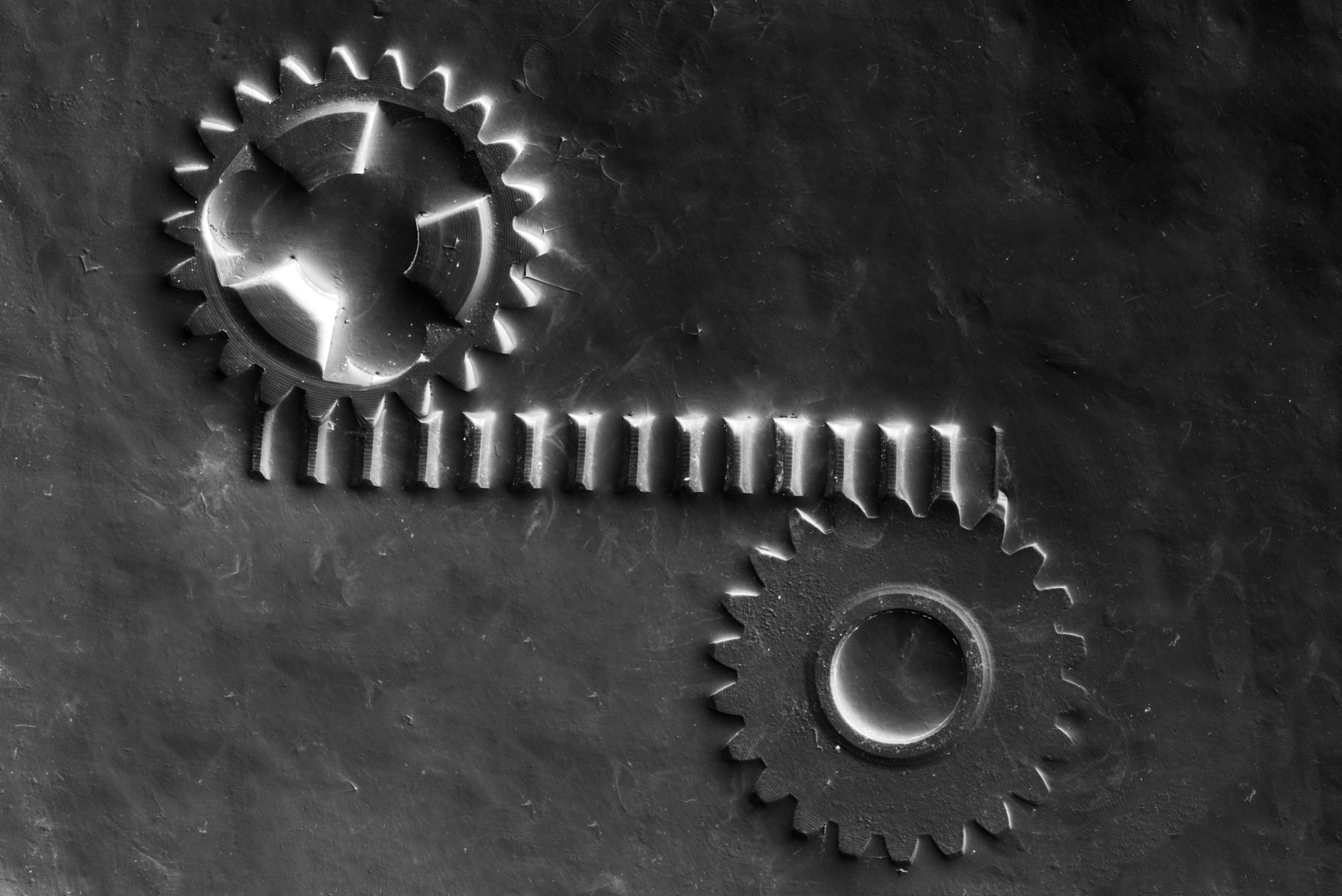Our memories
2017
By researching the topic of our future, I am increasingly interested in our memories and the imprints of various objects that will survive to posterity. Fossils, also known as artefacts, are fossilized or otherwise preserved remains of animals, plants or other living organisms. Somehow, I can parallel this with what I make, not only from animals or even plants but with components or elements that serve as material evidence. These were once important in the life of a factory as it preserves the former technology in memory.
I chose a factory as my site of interest as it is closely related to my later thesis. The site is an old factory operating in a settlement in Northern Hungary. It was once a cement factory in Bélapátfalva which performed for almost a hundred years between 1908 and 2002.
Following a regime change, two overseas companies became the operators of the entire Hungarian cement industry. They also owned a significant part of the service and infrastructure sectors. Production stopped due to competition. There were now only five cement factories in Hungary when they bought Bélapátfalva’s and made it equal to the land. The buildings were stripped, transported (re-erected elsewhere), conveyor belts dismantled, and were silos blown up so that production could not be re-started. Of course, those who worked there also became unemployed.
It is necessary to know that the cement of Bélapátfalva (thanks to the limestone from which it was mined) was famous far and wide. The masons, if they could, used this because its bonding and strength properties far surpassed those of its peers set to a similar quality.
I want to commemorate the handiwork of the people who work here and the machines around them with my fossil-like imprints. I aim to draw attention to a problem that we are still witnessing today, mass production, which is increasingly devoid of human intervention because of technological development.




